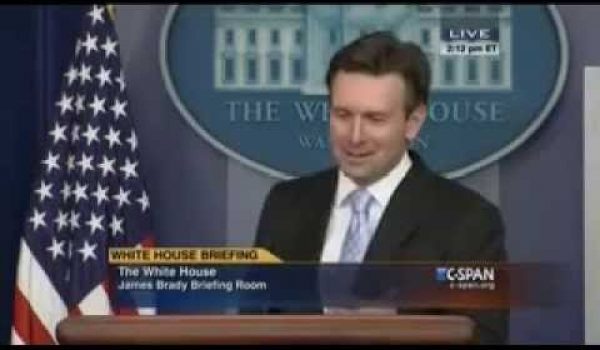
Beginning in the 1930’s, the federal government sharply increased central planning of the economy and society. (Perhaps as a consequence, the economy revived more slowly in this period from the Great Depression than it did from earlier and later sharp recessions in periods where the government reduced central planning and cut back federal regulations in order to revive the economy — such as the Depression of 1920-21, which speedily gave way to an economic boom, and the Recession of 1946, which likewise gave way to a speedy economic recovery.)
Far from creating a harmonious order, government planning often contains contradictory elements that provide inconsistent signals for regulated entities about how to behave. For example, the New Deal of the 1930s featured both prosecution of some businesses under the anti-trust laws under the premise that “bigness” was an evil, and an incredibly complicated, and ultimately failed, attempt by the federal government to cartelize most of the nation’s economy through price-fixing under the National Recovery Act, in provisions later declared unconstitutional by the Supreme Court in the Schechter Poultry case.
The government continues to routinely send mixed messages today, especially through the welfare state. For example, the federal government has funded pro-marriage messages, citing research that “indicates that married adults and children raised by both parents in stable, low-conflict households do better on a host of outcomes.” But the government does not practice what it preaches, since it financially punishes marriage, through massive marriage penalties in the tax code as well as in eligibility requirements for things like Obamacare tax credits. As Rep. Thomas Petri (R-Wisc.) has noted:
The decline in marriage and the rise in the number of children born to unmarried mothers are concentrated among lower-income families. One reason is that lower-income couples will often lose money if they get married. Many federal benefits such as food stamps and the earned income tax credit phase out as income rises. Under federal law, if two individuals earning the minimum wage choose to marry, combining their incomes results in the loss of some $7,000 in federal benefits.
Similarly, Urban Institute economist Eugene Steuerle notes that “not getting married is the major tax shelter for low- and moderate-income households with children. In many low-income communities around the nation, marriage is now the exception rather than the rule.”
By contrast, the free market provides consistent signals through mechanisms such as the law of supply and demand. As Wikipedia explains, “A free price system or free price mechanism (informally called the price system or the price mechanism) is a mechanism of resource allocation that relies upon monetary prices set by the interchange of supply and demand. The resulting prices serve as signals communicated between producers and consumers which serve to guide the production and distribution of resources. Through the free price system, supplies are rationed, income is distributed, and resources are allocated.”



